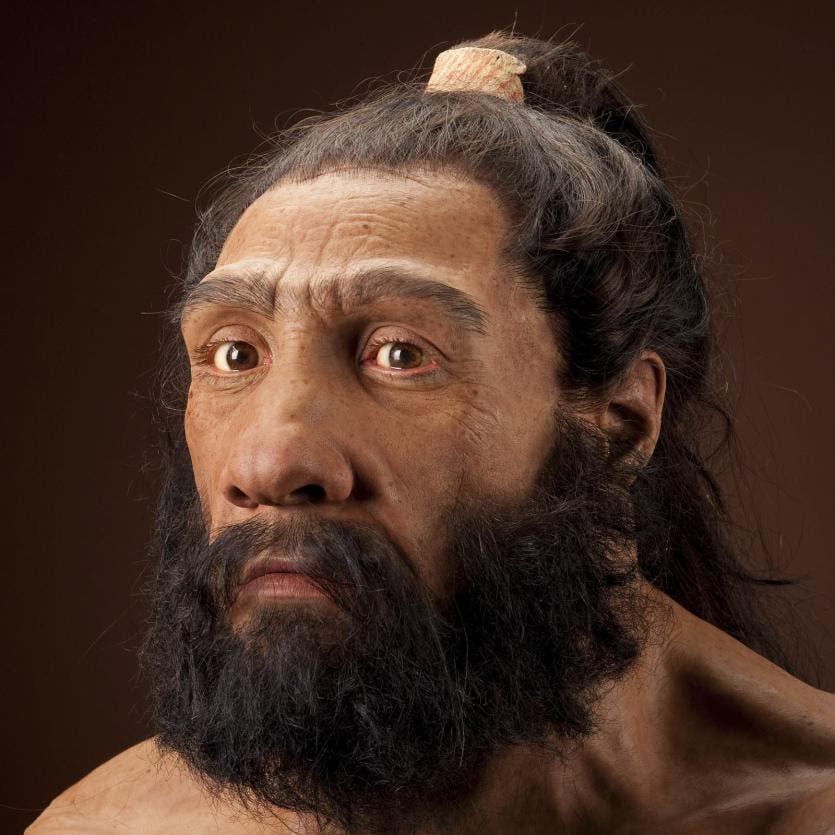Although research suggests that Neanderthals ate mostly meat, our extinct cousins had a formidable jaw structure that should have enabled them to process a variety of foods. Now, a new study has significant evidence pointing to the fact that Neanderthals, as well as other early hominins, likely consumed nutritious hard plans like seeds and nuts without suffering structural damage to their teeth.

In order to tell what kind of foods our early ancestors could have consumed safely, researchers at Washington University in St. Louis first ran a test involving primate teeth in the lab. The aim of this experiment was to see what kind of impact various foods might have on the teeth’s enamel microscopic structures.
“We found that hard plant tissues such as the shells of nuts and seeds barely influence microwear textures on teeth,” Adam van Casteren, lecturer in biological anthropology at Washington University in St. Louis, said in a press release. “If teeth don’t demonstrate elaborate pits and scars, this doesn’t necessarily rule out the consumption of hard food items.”
During one such test, a seed shell attached to a probe was dragged across the enamel from an orangutan tooth. This motion replicated the kind of forces exerted by chewing. Four different types of food particles were attached to the probe. And, in the end, neither produced significant dental microwear, such as scratches, fractures, or pits, the authors reported in the journal Scientific Reports.
Previously, researchers had performed mechanical tests on primate teeth, but this was the first time that actual hard food particles were used to measure any damage they might have caused.
Combined with previous assessments of Neanderthals’ sturdy jaws, the new findings suggest that our close human relatives and other early hominins would have been more than equipped to chew large amounts of nuts and seeds without threatening the structural integrity of their molars.
“When consuming many very small hard seeds, large bite forces are likely to be required to mill all the grains,” van Casteren said. “In the light of our new findings, it is plausible that small, hard objects like grass seeds or sedge nutlets were a dietary resource for early hominins.”
This all makes sense since early hominin craniodental morphologies evolved before the advent of cooking or sophisticated food processing. In other words, back in the day, most food at our early ancestors could hunt or forage was pretty tough to chew. Individuals who could chew on hard plants without losing their teeth would have been favored by natural selection.
This information is useful for anthropologists who are left with only fossils to try to reconstruct ancient diets.
“Our approach is not to look for correlations between the types of microscopic marks on teeth and foods being eaten — but instead to understand the underlying mechanics of how these scars on tooth surface are formed,” van Casteren said. “If we can fathom these fundamental concepts, we can generate more accurate pictures of what fossil hominins were eating.”
Last week, a different study concluded that Neanderthals dived under the ocean for shells that they fashioned into tools. The shells were modified to be used as scrapers and were more efficient than thin flinty rocks, which can’t sustain a sharp edge. It’s possible that they also used their hard teeth and jaws to manipulate the shells in the tool manufacturing process.






